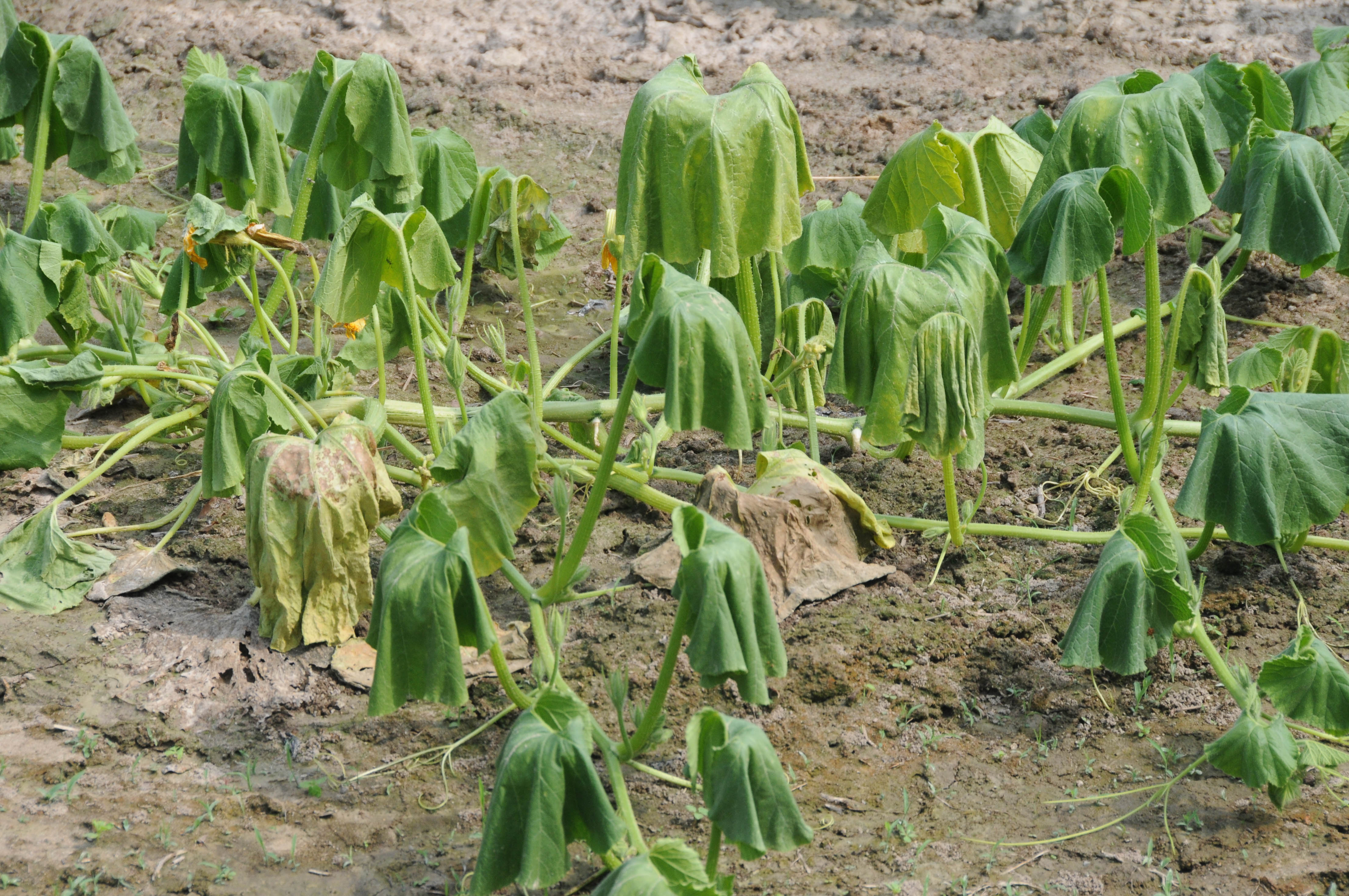Two Key Squash Pests, Vol. 9, No. 10
Related News
March 16, 2016
October 1, 2015
July 10, 2015
June 29, 2015
June 17, 2015
Pages
Related Publications
Publication Number: P2472
Publication Number: P2765
Publication Number: P2825
Publication Number: P3346
Publication Number: P3367


